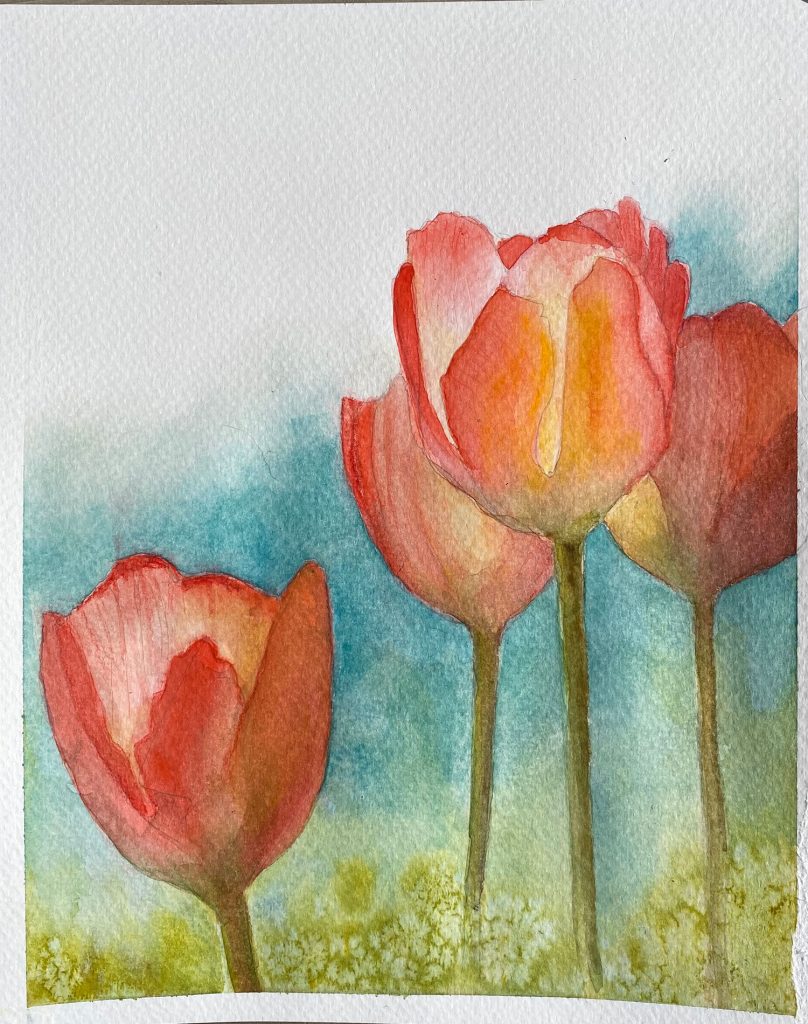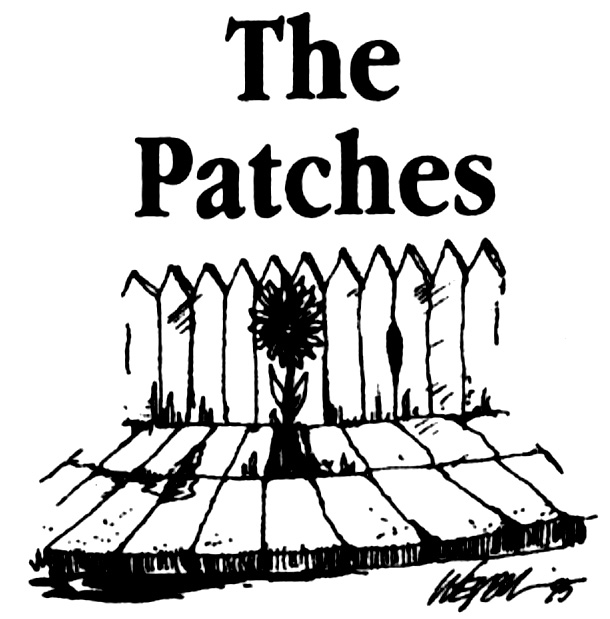Flowers in the home relax the mind and nourish the spirit

In May 2020, the Annex Gleaner celebrated 25 years of publishing. In acknowledgement of this history we are republishing highlights of our past; this feature, How to arrange flowers in 10 easy steps by gardening columnist Bardi Vorster, is from July 2000. Some guidance still relevant to enjoy summer’s flowery bounty indoors.

By Bardi Vorster
Now that the garden is in full bloom, there comes an irresistable moment when one needs to gaze intimately at its contents.
The beauty of a single lily has been known to inspire novels, paintings or launch crusades, so getting up close and personal with your flowers seems like a good idea.
Whether it’s the fragrance, the colours, the shape, or all three, fresh flowers in the home make wonderful decorations to relax the mind and nourish the spirit.
Personally, I have often found it frustrating to arrange flowers as the arrangement never seems to be as perfect as the subject. Nonetheless, perseverance and practice as well as a lot of reading on the subject has helped. I now have a system.
Choice of Material
There is such an enormous amount of material available in cut flowers, including greenery and fruits or nuts that it’s easy to become confused, give up and buy a pot of mums.
Much depends on your personal preferences for colour, and types of flowers.
But consciously identifying this makes arrangements design easier. (I hate dyed flowers and prefer flowers in season to tulips in July.)
Florists or experienced amateurs can produce amazing bouquets using the “few-of-many types of flowers” approach, but I find it difficult.
I think it’s easier to eliminate some things and narrow the focus before you go to the store.
Here is my system:
- Choose a feature flower, it can be whatever strikes your fancy.
- Choose a “line” material; this could be twigs, or a flower of contrasting shape.
- Choose ‘filler’ material. This would be greens such as ferns or eucalyptus or Baby’s Breath; something which adds bulk to the arrangement.
If you have a lot of something in your garden, a popular approach is to compose a bouquet of all one type of flower in short containers; this is easy to do but it takes a lot of blooms and is expensive to purchase.
Style
Plan ahead, if only vaguely, where the arrangement will be located and what container will be used.
The selection of vase, pot or jam jar seems to influence harmonious outcomes the most.
Mind you, anything goes: a single rose in a beer bottle with a string tie is perfect for someone, somewhere, and granny’s antique crystal vase will look great with wildflowers or exotic orchids.
Tools of the Trade
The following is a basic list of the most useful equipment. Most important is a very sharp knife with a short blade.
Professionals use one with a curved blade but I haven’t mastered the stroke.
Floral foam is good for use in ceramic or other non-see-through containers. This is available from florists or craft shops and really is a snap to use because stems stay exactly where you put them, whatever the angle.
Different formulations of foam are available for fresh, dried or silk flowers.
For fresh flowers, soak the block- perforations up — but cut off what you need and store the remainder in a plastic bag in the refrigerator for next time. Partially fill the container with foam, mounding the top; anchor to the container if necessary with tape. Proceed to place greens and flowers.
Then there’s the floral food, the powder in small packs that often comes with purchased flowers.
It contains food and an antibacterial agent that makes flowers last longer. (it is better than pennies or other old-wives formulas.)
Pruners are useful for heavy stems or twigs. Small sharp scissors are useful for snipping off errant leaves.
Procedures Oversimplified
There is much other information on conditioning and handling flowers that I must omit for space reasons, but here are the bare bones. Start by filling your container with lukewarm water and adding the floral-life product. Next, add the greenery, crossing the stems so that they will support the flowers.
Alternatively, use invisible tape criss-crossed over the top of your container. Begin your design with the feature flower in the topmost position and add the others one at a time for balance or colour, rhythm and mass.
Hundreds of books have been written about how to achieve this minor miracle and the best are well illustrated. The most important thing is to make a fresh, clean, diagonal cut on the stem before inserting in the vase. The objective is to expose the greatest area of cells to the water so that the stem can drink. Don’t use scissors as this compresses the cells.
Try to enjoy the process: however perfect or imperfect the arrangement is, the flowers will be just as beautiful.
